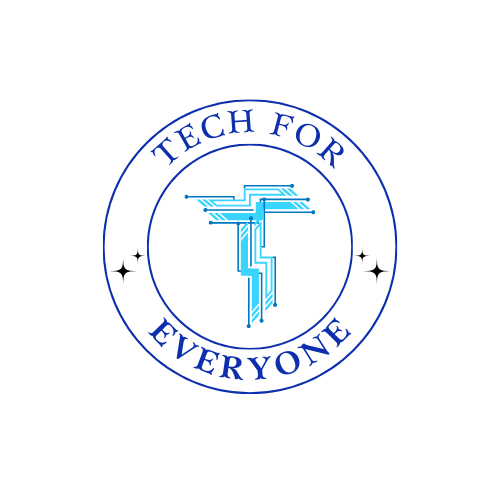Chapter 4 - Discovering Data
What Is Data?
Data is a word we use when we talk about collecting information. This information can come from lots of places—like asking questions, counting things, or watching what’s happening around us. People use data every day to help make decisions. Doctors use it to keep people healthy. Teachers use it to help students learn. And you can use it to answer your own questions too!
Asking Good Questions
Let’s say your class wants to figure out which snack to bring for a party. You could ask everyone, “What is your favorite snack?” That’s a good data question! When we ask questions like this, we can collect answers and use them to help our classroom community.
But we need to be careful how we ask. If we only ask five people instead of the whole class, the answer might not help everyone. And if we ask, “Do you like chocolate?” that’s not helpful if the snacks aren’t all chocolate. Asking the right question helps us get the best information.
Collecting Data
You can collect data in lots of ways:
Observation – Watch what happens. (How many kids pick red crayons?)
Measurement – Use tools to find out how long, tall, or heavy something is.
Survey – Ask people questions and write down their answers.
Sometimes, we collect numbers (like how many kids ride the bus). That’s numeric data. Other times, we collect words or categories (like favorite colors or types of pets). That’s non-numeric data.
Finding Patterns
Once you have your data, look for patterns! A pattern is something that happens again and again. If most students in your class pick apples as their favorite fruit, that’s a pattern! We can use patterns to make predictions—like guessing what someone might like based on what others chose.
Computers can do this too! They look at lots of data to find patterns and help people decide what video to watch or what game to play next. That’s called machine learning. It’s like when your brain notices that every time it rains, you need your boots. The computer learns from data just like you do!
Making Sense of Data
You can organize your data to make it easier to understand. You might:
Make a chart to show how many kids like each fruit
Draw a graph to compare the number of pets in the class
Use colors or pictures to show answers
Sometimes, the way we show data makes it easier—or harder—to understand. If a chart is messy or missing labels, it might be confusing. Always check to see if a chart shows the whole picture. Are any answers missing? Is it easy to read?
Helping with Data
You can use what you learn from data to help others. Maybe your family wants to know what game to play on game night. You can collect votes and show them the results. Maybe your school wants to know how kids get to school. You can ask around and make a poster that shows the results.
Data helps us make good choices for our families, schools, and communities.
Let’s Try It!
Activity: Make your own survey!
-
Pick a question (like: What is your favorite animal?)
-
Ask 5–10 people and write down their answers.
-
Count how many picked each answer.
-
Make a simple chart or picture to show your data.
-
Tell someone what you found out!
Wrap-Up
You don’t have to be a grown-up or a computer to work with data. You already do it every day! When you ask questions, look for patterns, and share what you learn, you’re doing data analysis. That means you’re already a data scientist in your own way—helping your classroom and your community with the power of information.
Let’s keep exploring and discovering with data!
